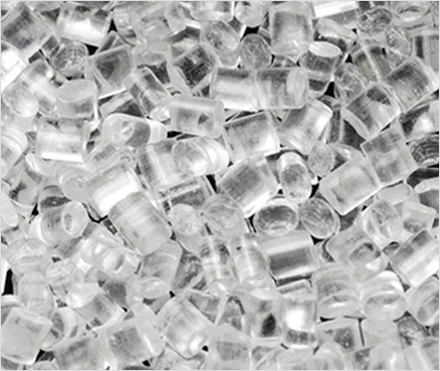High-speed rail networks are the epitome of modern transportation, seamlessly connecting cities and revolutionizing the way people travel. Behind the scenes, Low Smoke Zero Halogen (LSZH) cables play a crucial role in ensuring the safety, reliability, and efficiency of these high-speed rail systems. Let's embark on a journey to explore the applications and advantages of LSZH cable applications in the dynamic world of high-speed rail networks.
As trains hurtle along tracks at remarkable speeds, the demand for a robust and secure communication infrastructure is paramount. LSZH cable applications bring a unique set of qualities to the table, combining high-speed data transmission capabilities with a commitment to safety. In the event of a fire, these cables emit minimal smoke and no halogen, ensuring the safety of passengers and rail personnel.
High-speed rail networks rely on sophisticated control systems to manage the intricate dance of trains, signals, and switches. Taking LSZH for rail transit cables for example, LSZH cable applications serve as the backbone of these control systems, facilitating seamless communication between the central command center and various components along the rail network. Their resistance to fire and low toxicity make them a vital component in ensuring the uninterrupted flow of information critical for safe and efficient rail operations.
There are some types of LSZH material for sale you can find in ATP company:
(1) Irradiation cross-linking LSZH
(3) Low Smoke Zero Halogen Material
(4) Hight Flame Retardant LSOH
High-speed rail routes often traverse challenging terrains, including tunnels and bridges. These environments present unique challenges, such as limited ventilation and confined spaces. LSZH for wire and cable applications, with their fire-resistant and low-smoke characteristics, are well-suited for these conditions. They contribute to the overall safety of passengers and rail infrastructure while maintaining reliable connectivity.

LSZH cable applications extend their influence beyond communication systems in high-speed rail networks. They find applications in power distribution, signaling, and various control mechanisms. The versatility of LSZH cable applications ensures that they are integral to the overall functionality and safety of the rail network, proving their worth in diverse applications.
In conclusion, the adoption of LSZH cable applications in high-speed rail networks reflects a commitment to cutting-edge technology that prioritizes safety, reliability, and efficiency. As the demand for high-speed rail continues to rise globally, LSZH cable applications stand as a silent yet powerful force, ensuring that passengers can enjoy the thrill of speed without compromising on safety or environmental responsibility.